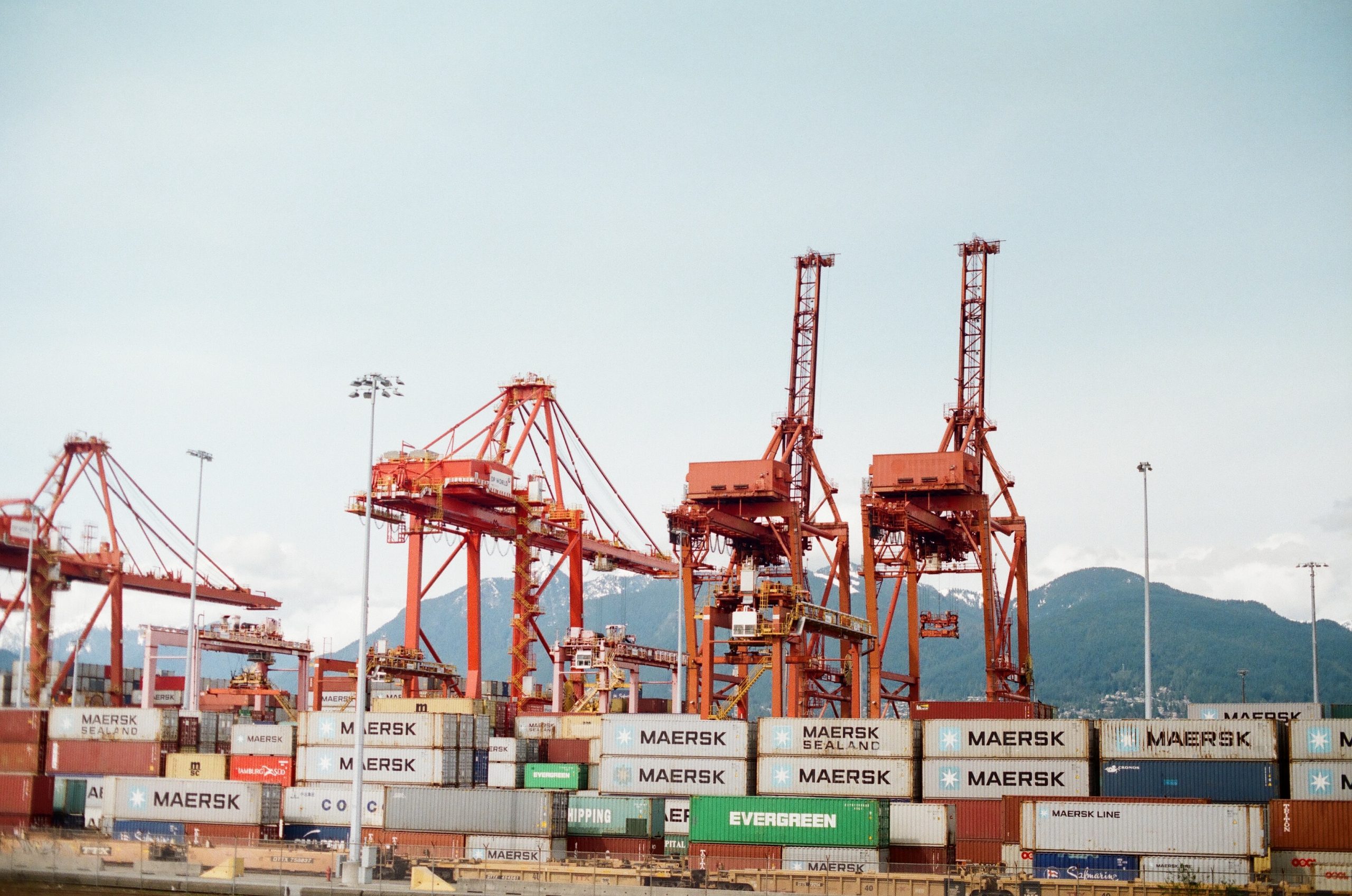All You Need To Know About the Canada Port Strike

Striking Dock Workers in Pacific Lead to Major Disruption
A wave of unease has swept over Canada’s coasts. As of July 1, 2023, thousands of terminal cargo loaders have put down their tools and stepped off the job, setting off a ripple effect that’s being felt across the globe. UPDATE: July 27th, 2023 A tentative agreement was reached, pausing the strike, on July 13, 2023. That agreement was rejected by union leadership and the strike resumed on July 18th. As of this writing, workers are preparing to review a new contract, but have not agreed to any terms.
The disagreement sits between two key players: the International Longshore and Warehouse Union (ILWU) and the British Columbia Maritime Employers Association (BCMEA). The heart of the matter revolves around the use of third-party contractors for maintenance tasks — a sticking point causing heated debate on both sides. This disruption is causing a massive traffic jam of shipments, a situation which could raise prices and shrink inventories in a time of high inflation.
With daily costs of the strike estimated in the hundreds of millions, and negotiations at a standstill, the urgency is palpable. What’s next for Canada’s ports and the vast network of commerce they support?
What’s Happening Now With Canadian Ports
The ILWU and the BCMEA are at loggerheads over the use of third-party contractors to maintain machinery and equipment. The BCMEA is concerned that the ILWU is attempting to “aggressively expand” its control over maintenance beyond previous contracts. Interestingly, the ILWU shared in a separate statement that their authority has been “aggressively eroded”.
7,400 terminal cargo loaders at more than 30 ports in British Columbia are affected by the strike. This includes Canada’s busiest port, Vancouver, and the third busiest port, Prince Rupert. Experts estimate the strike will cost between $250 million and $350 million per day; this is off projections from the more than $2.5 billion annually added to Canada’s GDP by the Pacific ports.
As of this writing, negotiations are paused. Seamus O’Regan, the Canadian Labor Minister, has called for the ILWU and BCMEA to resume talks. While both sides say they are ready to return to the negotiating table at a moment’s notice, they believe they are too far apart on a deal to continue good faith conversations. It is possible that a solution will require the input from the federal government.


How Does This Affect the United States?
As we have seen previously, disruptions in Canada trickle down quickly to the United States. A large share of US cargo, especially to Chicago and the Great Lakes region, passes through the Vancouver and Prince Rupert ports.
Retailers are concerned about the impact of the strike on back-to-school and (yes, already) holiday shopping. Shipments can be diverted through Mexico and to East Coast alternatives, but extended travel times are expensive, both in time and money.
Here at SiShips, we are monitoring the situation closely. We have checked, and continue to watch, for any shipments that may be affected and are proactively notifying clients to offer the most cost-effective and efficient solutions. Clients can also stay up to date with their shipments through our complimentary mobile app.
Potential Strike Outcomes
The ripple effect of a prolonged strike would be felt throughout many industries. “The big products [affected] would be household and consumer products, things like electronics, fashion, appliances, construction materials, cars coming in from Japan and Korea, car parts to be able to service cars, equipment and machinery for businesses,” Fraser Johnson, professor of operations management at Western University in London, Ontario told the CBC.
The longer the strike lasts, the more damage will be felt. Consumers across North America could face an increase in prices, thanks to demurrage charges and drayage fees quickly ticking up as thousands of containers sit offshore. The Canadian National Railway Co. has stated it could take months to correct the backlog that has already formed. Another trade organization, the Mining Association of Canada has expressed concern that the strike will “reduce confidence in Canada as a destination for investment for supply-chain reliant businesses.”
It appears that last year’s threat of a domestic rail strike was just a warm up. 2023 is already setting itself up for a summer of strikes. In shipping, the Teamsters Union, which represents 340,000 UPS workers, has authorized a strike if they cannot agree on a new contract when the current one expires on July 31st. UPS, which received a major boost from home deliveries beginning in the Covid-era, handles 20 million packages daily and could lose a massive share of the market to FedEx due to a strike. In the arts, the Writers Guild of America (WGA), representing film and television writers, has been on strike since early May and will likely not return to work until September at the earliest. The Screen Actors Guild (SAG-AFTRA) is still entrenched in negotiations with the Alliance of Motion Picture and Television Producers (AMPTP), but will enter their own strike if a new deal is not made by July 12th.
Depending on the outcome, or lack thereof, from these work stoppages we could be looking at a very different world come Labor Day.
How SiShips Gives You the Advantage
Sheltered International combines expertise with state of the art software to bring you high quality domestic and international shipping solutions. SiShips puts the shipper in control, offering efficient and cost effective ways to ship your product.
To learn more about managed transportation with SiShips, or to view a demo of our software, contact us today.

